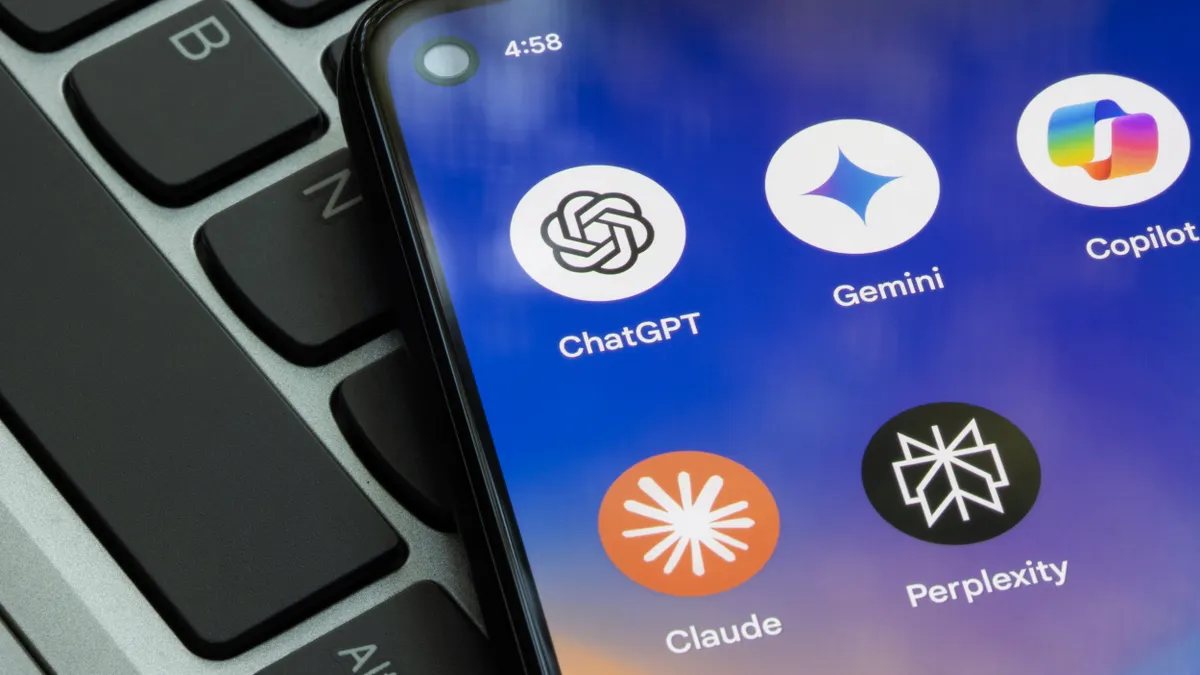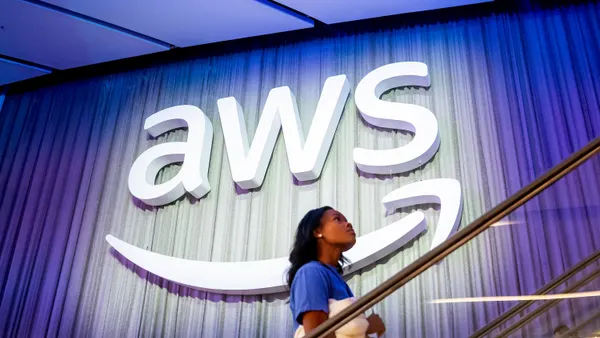The following is a guest article from Joe Conway, founder and CEO of stable|kernel.
The rapid nature of technological advancement is moving us forward in ways we never predicted.
The Internet of Things (IoT), in particular, has the potential to make professionals more efficient and productive through the use of enhanced machine learning (ML), augmented reality (AR) and connected devices. And, in many ways, we're in the age of the IoT now.
Companies are adding internet capability to devices that previously could only be monitored by physical access or not at all. For example, Rheem Manufacturing water heaters in customers' homes now emit performance data that provides opportunities to reduce utility bills. Kimberly-Clark's paper towel dispensers send text messages to a building manager when they are running low on paper.
Imagine the long-term cost savings if a home's electric meter sends usage directly to the electric company without needing a trained technician to inspect it manually. The IoT doesn't just allow users to view information about connected devices, it can control them too; energy companies like Southern Company allow consumers to opt-in to behavior that turns down a thermostat when demand is high.
This is a win for consumers, the energy company and the environment. And with advances in IoT comes opportunity for tech growth in other areas as well.
The case for augmented reality
AR isn't new, but with advancement in hardware and software, it is on the brink of a technology revolution. AR is changing how people experience the world by integrating contextually-relevant information into a user's physical environment through overlays on screens, smartphones and wearables.
Most people have seen someone so glued to their device that they walk into a light pole or fall off a curb. AR can change this. By refocusing attention on the physical environment, AR removes the barriers a device can create while still delivering important real-time information.
As mainstream audiences become more accustomed to the integration of AR in their physical world, the pace of advancement in hardware and software explode. Companies will also begin to synthesize the data generated by these AR experiences and make smarter business decisions.
AR might seem like a fad in entertainment, but it has strong practical uses. Companies currently use AR to recreate experiences that might save them money, time or resources to coordinate in real life. A great example of this is Ikea.
Ikea is revolutionizing the way it runs its business with "Ikea Place," an AR app that shows customers exactly what an Ikea product would look like in their home. By integrating this piece of technology into a user's physical world, customers can make more informed decisions when purchasing an Ikea product, making it less likely for them to make returns.
The result? Higher satisfaction rates, increased sales and improved customer service. This also gives Ikea the opportunity to collect data on the pieces of furniture that appeal to customers and plan more successful product roadmaps for the future.
However, AR is not possible without recent innovations in ML, a process by which computers use data to create models for predicting outcomes.
Machine learning is the engine, data is the fuel
It is fundamental to the success of every business and powers some of users' most frequent interactions with technology, from connecting them with the closest Lyft driver to allowing voice interfaces like Google Home to respond to queries.
ML has only recently become possible on a wide scale because of cheaper and more accessible cloud computing, and, more importantly because of the exponential increase in the amount of available information.
Everything the human mind is capable of, from creating a masterpiece to diagnosing a disease, will be achieved and even surpassed by ML in the coming decades. For ML to become more accurate, it requires an exponential amount of data.
This computer vision is what allows for transformative AR experiences and what makes data from IoT-connected devices invaluable.
Where the IoT fits in
The IoT is a driving force behind the increased availability of data and information captured by integrating sensors and instruments into the world around users. With so many connected devices, this data is now available with more becoming available each and every day.
Sensors in homes, cars and even on bodies generate petabytes of data at an exponentially increasing rate. But this exponential increase in data is only possible to synthesize because of ML.
John Deere, the leader in manufactured agricultural, construction and forestry equipment, knows how important technology is for its business and has heavily invested in the IoT to improve its customers' lives. The manufacturing giant uses the IoT to monitor the level of moisture in the soil to help farmers make timely decisions for their crops.
The data gained from these connected devices will help farmers improve their produce, reduce the costs to harvest and develop a stronger relationship with customers.
The ultimate goal of technology is to improve people's lives and business operations. By automating simple tasks, users can interact with the real-world and information generated from technology seamlessly and uninterrupted to focus on things that are important.
With the continuous advancements in AR, ML and the IoT, the way humanity communicates, works and interacts with each other and the world will forever change.




















